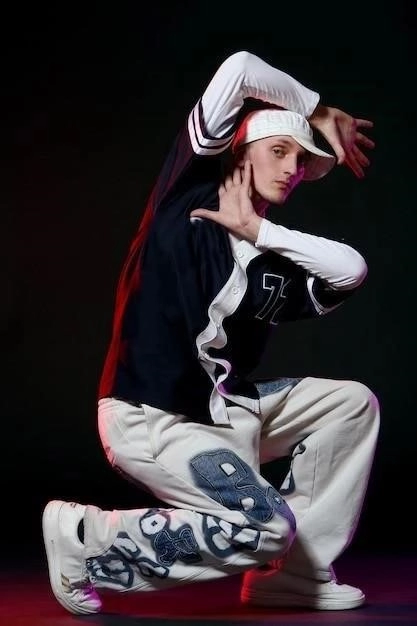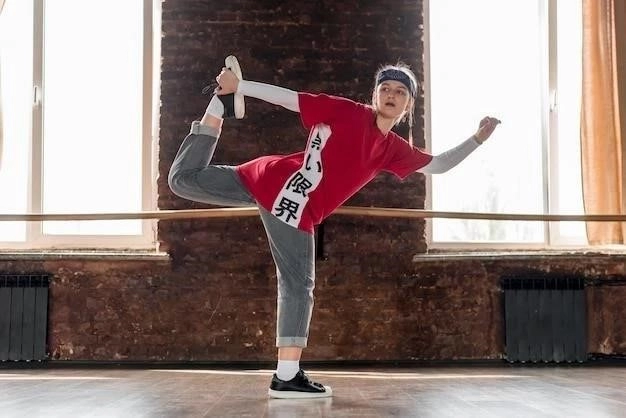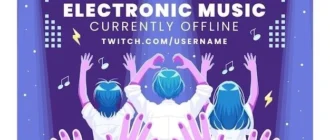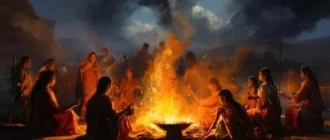Hip hop dance is a vibrant and diverse art form that has evolved significantly since its origins in the 1970s. It encompasses a wide range of styles, each with its unique characteristics and influences. While it’s impossible to definitively rank dancers, certain individuals have achieved widespread recognition and influence within the hip hop dance community. Here’s an exploration of some of the most popular hip hop dancers:

Pioneers and Legends
- Don Campbell (“Campbellock”): Widely recognized as one of the pioneers of locking, a style characterized by sudden pauses (locks), energetic arm gestures, and playful expressions. He played a pivotal role in shaping the evolution of hip hop dance.
- James Brown: The legendary “Godfather of Soul” heavily influenced hip hop dance through his energetic funk performances, inspiring dancers with his captivating moves. His impact can be seen in styles like locking and boogaloo.
- Michael Jackson: A global icon who revolutionized pop music and dance with his innovative and captivating moves. His signature “Moonwalk” and intricate footwork influenced generations of dancers, blurring the lines between genres and inspiring countless others.

Modern Masters and Influencers
- The Les Twins: Laurent and Larry Bourgeois, renowned for their synchronized, high-energy performances, have gained worldwide fame through appearances in music videos, television shows, and stage productions. Their innovative style blends breakdancing, popping, and locking elements.
- Mr. Wiggles: A highly skilled dancer known for his smooth, fluid movements, dynamic isolations, and signature “Wiggles” that earned him his name. He has worked with various artists, including Janet Jackson and Missy Elliott, and has a strong presence in the dance community.
- Buddha Stretch: A dynamic and versatile dancer with an extensive background in breakdancing, popping, and locking. His innovative choreography, intricate footwork, and captivating stage presence have earned him respect and admiration in the dance world.
- Bboy Storm: An internationally renowned b-boy known for his exceptional technical skills, power moves, and creative improvisation. He has competed and performed worldwide, inspiring younger generations of breakdancers with his passion and dedication.
- Ashley Banjo: The charismatic leader of Diversity, a highly successful dance group in the UK, has gained popularity through his impressive dance skills, impactful choreography, and positive influence. He has also been a judge on the popular television show “Britain’s Got Talent.”
Contemporary Hip Hop Dance Styles
Hip hop dance is constantly evolving, with new styles emerging and older styles finding new interpretations. Some of the most popular contemporary styles include:
- Breakdancing: Originating in the 1970s, breakdancing (also known as B-boying or B-girling) is characterized by complex footwork, power moves, and intricate body control.
- Popping: A style characterized by sudden, jerky movements created by tensing and releasing muscles, often combined with other elements like locking and waving.
- Locking: A distinctive style that features sudden pauses (locks), energetic arm gestures, and playful expressions. It has roots in funk music and culture.
- Krumping: A highly energetic and expressive style that involves aggressive movements, rapid arm swings, chest pops, and jumps. It is often associated with freestyle battles and competitions.
- House: A dynamic and rhythmic style that blends elements of funk, jazz, and hip hop, featuring intricate footwork, powerful isolations, and fluid movements.
Conclusion
The world of hip hop dance is vast and diverse, with countless talented individuals making their mark. From pioneers and legends to modern masters and influencers, these dancers have shaped the evolution of the art form and continue to inspire new generations with their creativity, skill, and passion. As hip hop dance continues to evolve and grow, it’s exciting to see the next generation of dancers emerge and contribute to this vibrant and ever-changing cultural phenomenon.










